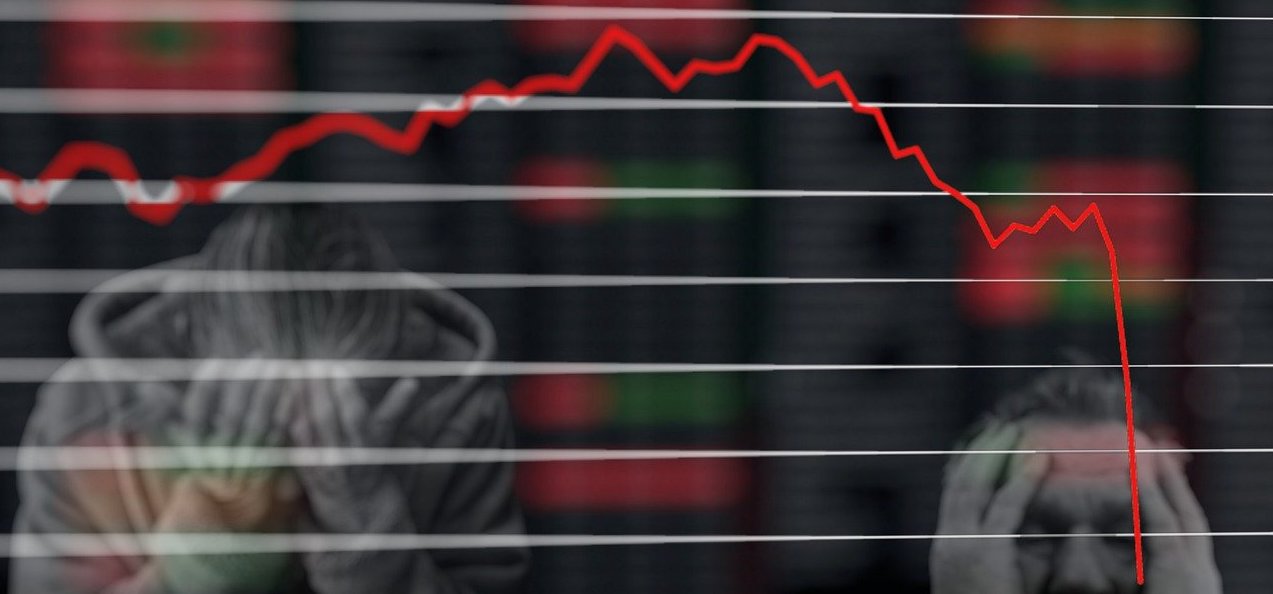Healing but Hurting: Women Faring Worse in an Ailing Labor Market

Half a year after the U.S. job market began to crater from the COVID-19 pandemic and ensuing lockdowns, the recovery is far from complete. The key takeaways from my deep dive: Despite record monthly job growth this spring and summer, we have recovered only half of the lost jobs lost during the frenetic initial weeks …
Continue reading “Healing but Hurting: Women Faring Worse in an Ailing Labor Market”





